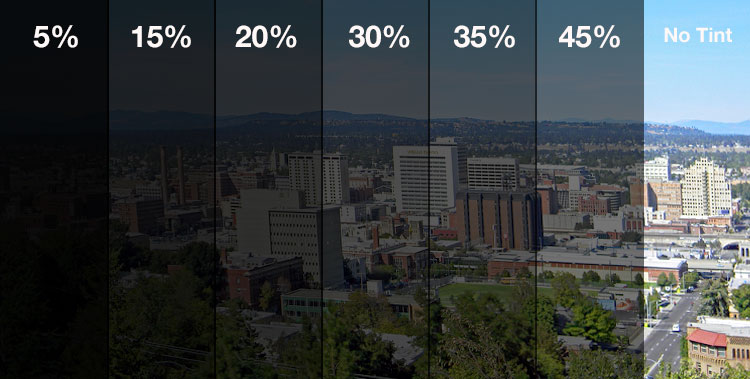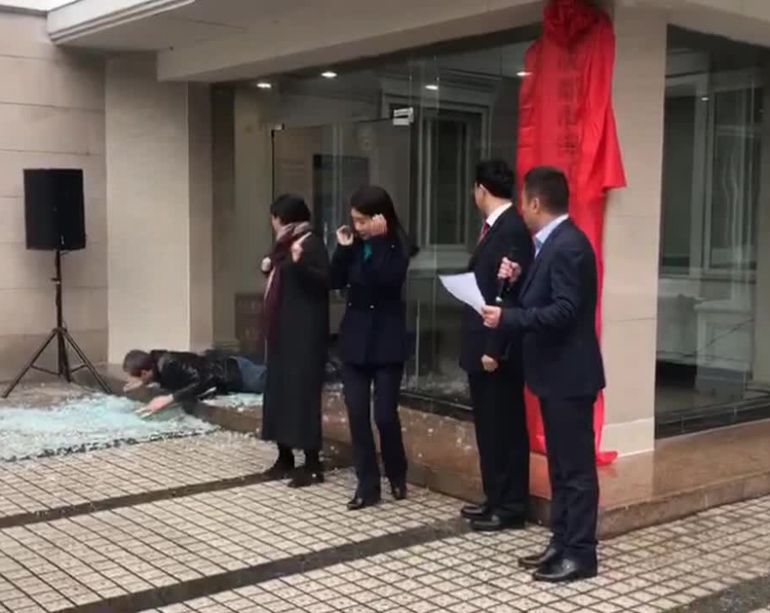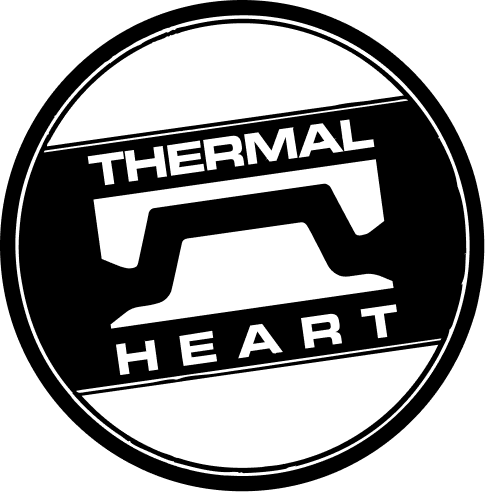From Float glass to tinted glass, True Blue Glass stocks a wide range of glass types.
Every home is different and depending on the area and location you are wanting to install the glass determines what glass type would be best for you.
If you would like some advise call us to discuss what option would be best for you.
Float Glass
What is Float Glass
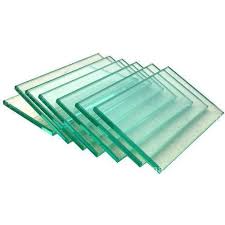
- High degree of light transmission.
- Range of colours available.
- The most common type of glass used in homes,
- Main glass type used in bedroom and lounge windows.
- Glass type used when creating laminated, toughened and coated glass.
- Variety of thicknesses and can be cut to size while onsite.
- In most cases float glass can be repaired on the first visit.
Toughened Glass
- Known as tempered glass and is created using a thermal tempering process.
- It is known for its structural durability and strength.
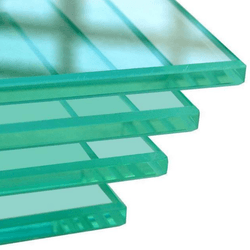
- Toughened glass is built to withstand high temperatures making it ideal for kitchen splashbacks and in bathroom areas
- The tempering process makes it highly resistant to breakages. It is good for shopfront and window displays as it helps to improve the safety and security of a property
- Toughened glass cannot be re cut after it has been toughened which means measurements have to be exact before it is ordered.
- The glass will either hold together in a million pieces or explode into safer pieces but can leave a mess.
Tinted Glass
- Color is added to the glass to create the tint look
- Density of the glass can change with the thickness of the glass

- Tinted glass is great for climate control
- UV protection – tinted glass can reduce the glare and the amount of UV rays that can come through the glass.
- Transparency is maintained from the inside but the visibility from the outside is reduced dramatically and the color of the light is changed.
- Shopping centers install these to their ceilings to still allow light to shine in but reduce the amount of heat.
- Great for homes as it can reduce your power bill and also can keep your rooms cooler throughout the summer months.
Obscure Glass
- Obscure glass is patterned or frosted to prevent the glass from being clearly seen through.
- Can be used in float, toughened or laminate glass types
- Used in domestic and commercial buildings
- There are various patterns and textures available

- Offers privacy but still lets light into your home
- Used as a form of decoration
- Great for bathrooms as its easily cleaned
- Used in windows and doors
Laminated safety Glass
- Laminated glass is made from two or more layers of glass separated by a bonded inter layer of plastic.
- All types of glass can be laminated
- The glass transparency is not altered.
- Considered to be a Grade A safety Glass

- Harder to break than ordinary glass.
- Sound Insulation – the extra layers can reduce traffic noises etc
- Energy efficiency
- UV reduction
- Grade A safety Glass
- Used in both doors and windows
- Will hold together when broken due to the plastic inter layer
Mirrored Glass
What is it
Metal coating is applied to one side of the glass. It is then sealed with a protective layer.
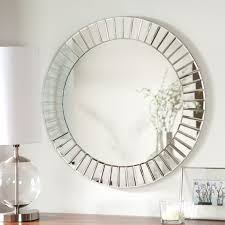
- Great for bathrooms and built in robes
- can create illusion of a larger space
- great for design and aesthetic purposes
Low E Glass
What is it?
- Developed to minimize the amount of ultraviolet and infrared light that can pass through glass without compromising the amount of visible light that is transmitted.
- Low-E glass has a microscopically thin, transparent coating

- Improves Thermal Insulation – The coatings tend to hold heat in the cod weather and reflect the heat when its warm.
- The coating is applied to the inside of the glass so it wont scratch off
- It helps protect furniture against fading
- Reduces UV lights
- It requires no special cleaning.
Coated Glass
What is it
- There are two types of coated glass, hard coat and soft coat
- Hard coat is manufactured by pouring a thin layer of metallic oxide onto a sheet of glass while the glass is still on production line.
- The metallic oxide becomes welded to the glass surface
- This process makes it very hard to scratch or remove the coating
- This sometimes creates a blueish tint to it
- Soft Coat involves the application of silver, zinc or tin to glass that has already formed and taken off the production line.
- The coating is softer.
- Soft coat is used in an insulated glass unit.
Patterned/Decorative Glass
What is it?
- Decorative design or pattern imprinted into.
- Available in toughened and laminated options safety
- Includes etched glass
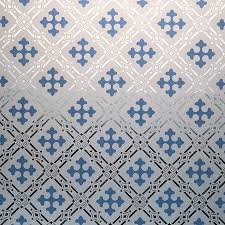
- Design and aesthetically purposes
- Privacy
- internal partitioning in patterned glass gives greater light to rooms
Wired Glass
What is it?
- Wire is inserted into the glass.
- Treated to withstand breakages
- Used in fire doors
- Considered to be a Grade B safety glass in Australia

- Provides safety – it is much harder to break than standard glass
- Fire resistant
- Suitable for emergency fire doors.
Painted Glass
- Popular for splash backs
- Depending on the manufacturing process, the glass can be transferred to a large oven. This is where the paint will be “baked” onto the glass, ensuring proper adhesion.
- Some manufacturers are still able to cut, trim and polish the glass even after the painting has been completed.

Back painted glass injects style and color into any room.


